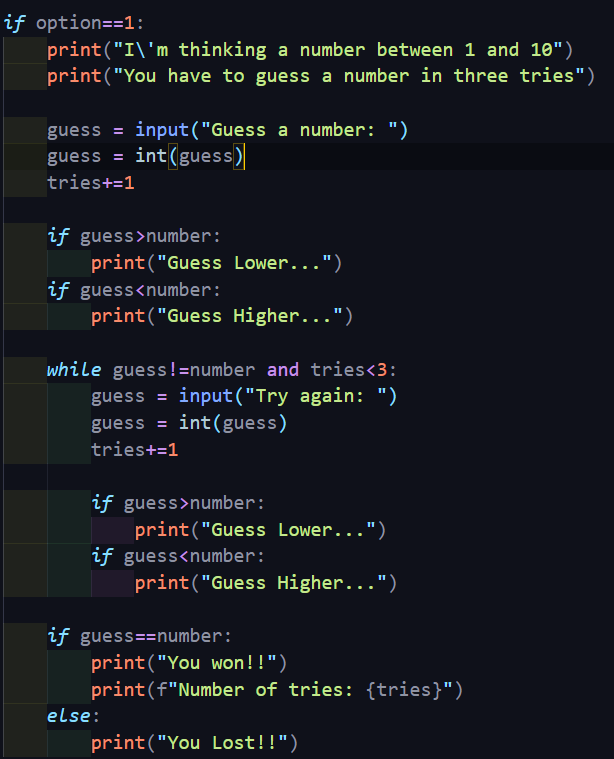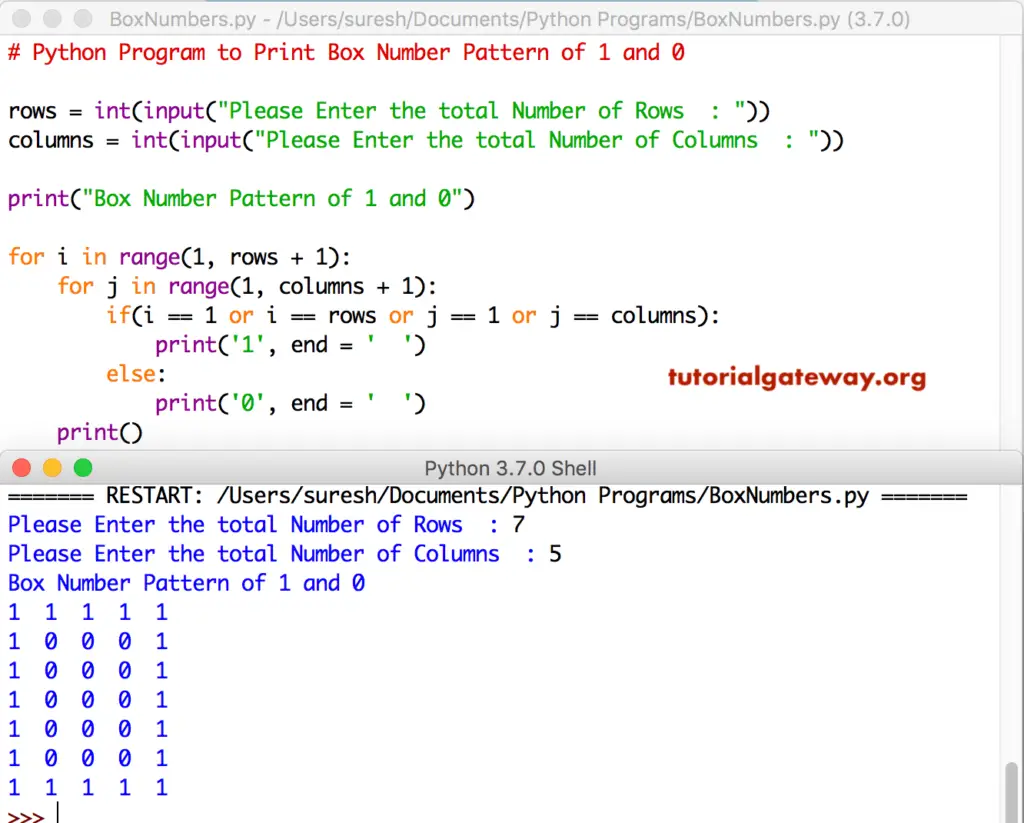

The optional step value controls the increment between the values in the range. This is very useful, since the numbers can be used to index into. Print(i, end=", ") # prints: -1, 0, 1, 2, 3, 4, The python range() function creates a collection of numbers on the fly, like 0, 1, 2, 3, 4. In our next example, we set start = -1 and again include integers less than 5. In the example below, we have a range starting at the default value of 0 and including integers less than 5. It is important to realize that this upper value is not included in the range. The stop argument is the upper bound of the range. If range() is called with only one argument, then Python assumes start = 0. like this: def someFunc (value): return value3 someFunc (ind) for ind in. The start argument is the first value in the range. If you just want to create a list you can simply do: ignore 2,7 list of indices to be ignored l ind for ind in xrange (9) if ind not in ignore You can also directly use these created indices in a for loop e.g.

FOR I IN RANGE PYTHON HOW TO
In this tutorial of Python Examples, we learned how to iterate over a range() using for. Additional information can be found in Python's documentation for the range() function. In this example, we will take a range from x until y, including x but not including y, insteps of step value, and iterate for each of the element in this range using for loop. The range() function provides a sequence of integers based upon the function's arguments. When the values in the array for our for loop are sequential, we can use Python's range() function instead of writing out the contents of our array.ĪDVERTISEMENT The Range function in Python In this example we print the result of a small computation based on the value of our iterator variable. We can include more complex logic in the body of a for loop as well. We can apply it in a straightforward manner by setting the start and the end parameters so that end < start and there’s a negative step value. In the example below, we use a for loop to print every number in our array. Decrementing a Python for Loop with range() The previous example provides some insight on how to decrement in a Python for loop using range().

FOR I IN RANGE PYTHON CODE
For Loops in Pythonįor loops repeat a portion of code for a set of values.Īs discussed in Python's documentation, for loops work slightly differently than they do in languages such as JavaScript or C.Ī for loop sets the iterator variable to each value in a provided list, array, or string and repeats the code in the body of the for loop for each value of the iterator variable. In this article, we will look at a couple of examples using for loops with Python's range() function. That is it for Python range inclusive example.Loops are one of the main control structures in any programming language, and Python is no different. If you want to start the range at 1, use range(1, 10). If you set the stop as a 0 or some negative value, then the range returns the empty sequence. Here, start = 0 and step = 1 as a default value. With the for loop we can execute a set of. The following example uses a for loop to show five numbers, from 1 to 5 to the screen: for index in range ( 1, 6 ): print (index) Code language: Python (python) Output: 1 2 3 4 5.

This is less like the for keyword in other programming languages, and works more like an iterator method as found in other object-orientated programming languages. Code language: Python (python) In this syntax, the range () function increases the start value by one until it reaches the stop value. If range () is called with only one argument, then Python assumes start 0. range (stop) range (start, stop, step) The start argument is the first value in the range. Additional information can be found in Python's documentation for the range () function. Let’s pass only the mandatory argument, which is stop. A for loop is used for iterating over a sequence (that is either a list, a tuple, a dictionary, a set, or a string). The range () function provides a sequence of integers based upon the function's arguments. The step argument specifies the increment. numbers = range(0, 5)Ĥ Passing the step value to range() function In this range() example, we will assign start=0 and stop = 5. The start and step are optional arguments, and the stop is the mandatory argument. Out of the three arguments, two are optional. The range() method accepts three arguments. Python range() syntax range(start, stop) Arguments


 0 kommentar(er)
0 kommentar(er)
